Board of Directors:
Peggy Offenberger, President
Karen Flynn, Treasurer
Kathleen Nocera, Secretary
Joseph Lieber, Engineer, P.E.
James Freeley
John Richardson, Attorney
Christa Treitmeier-Meditz
Robert Gavila, Web Design
Special thanks
Rodney Holloway, Technical support
In Memoriam:
Harry Kohlmann, Engineer, P.E.
Jack Ward, Attorney
Water for Life in Africa
Success!
|
Click on arrow to view a photo history of the WFLIA Water Tank Project
|
> |
|
|
1 of 44
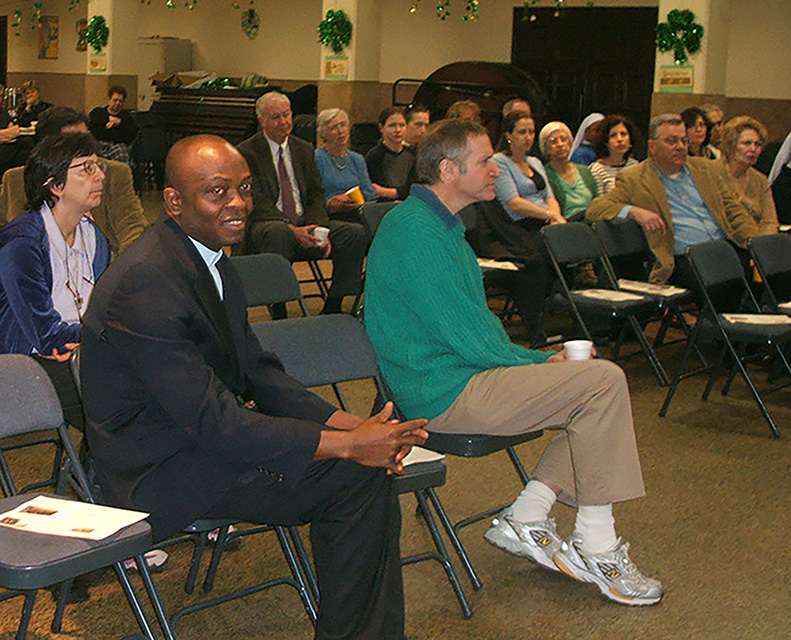
It all started on March 11, 2007 when a visitor from Nigeria, Mr. Chris Okorie, waited to address a local church gathering in Forest Hills, Queens.
2 of 44
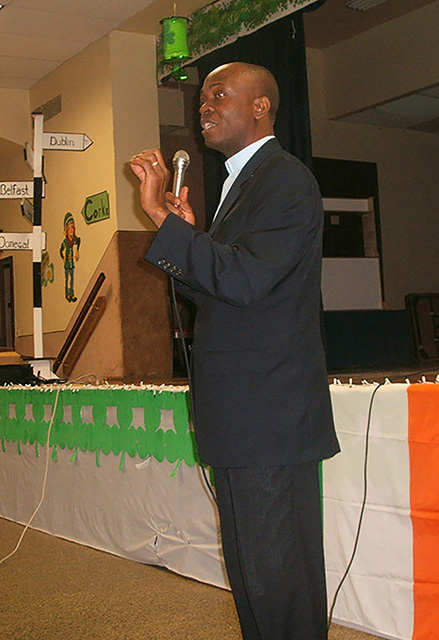
There were many appeals.
3 of 44
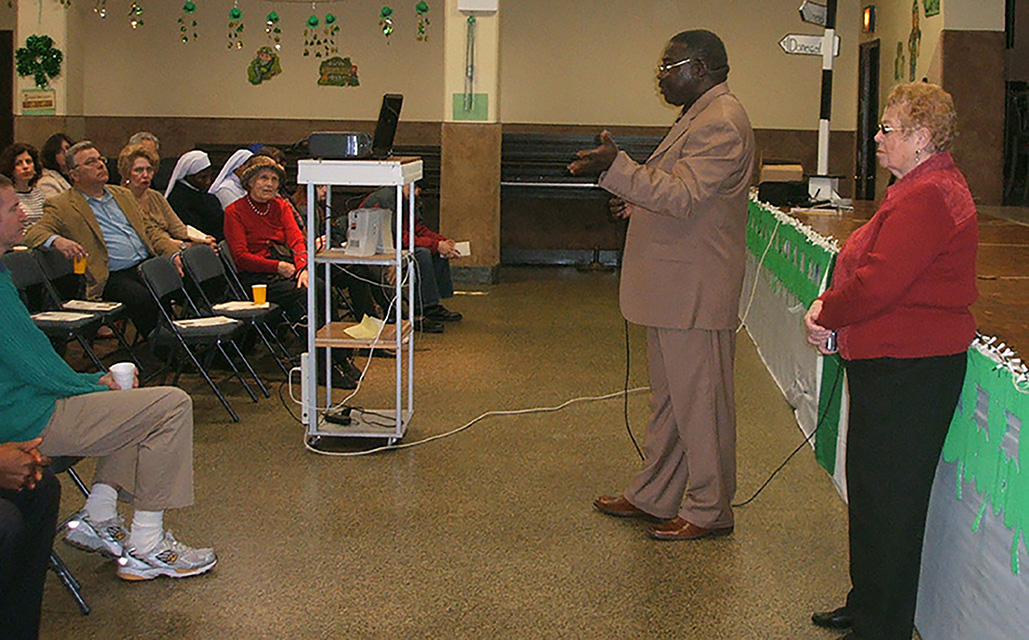
We learned about the plight of villagers in Obinagu.
4 of 44
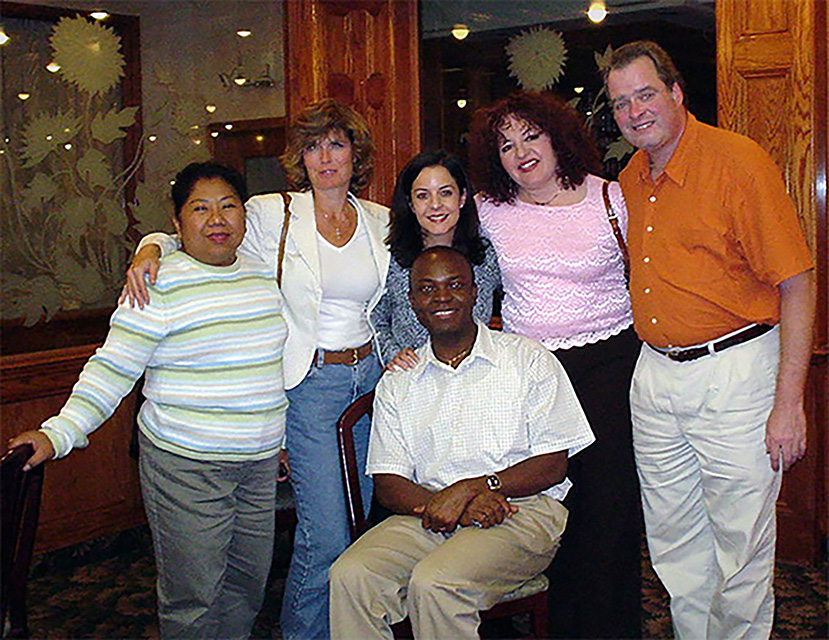
A group gathered and set up a charitable organization. Original members Michael and Monica Comarco are shown here.
5 of 44
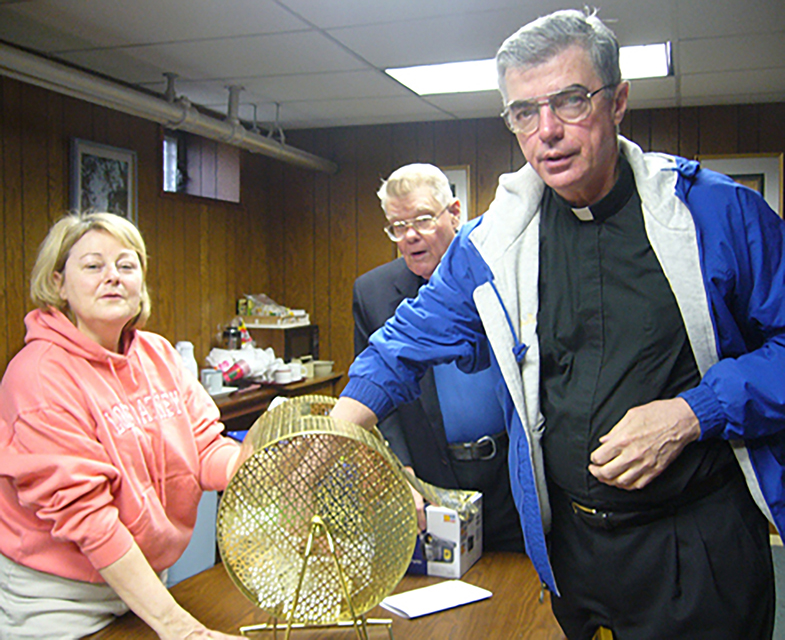
Events were planned by the local parish to raise funds.
6 of 44
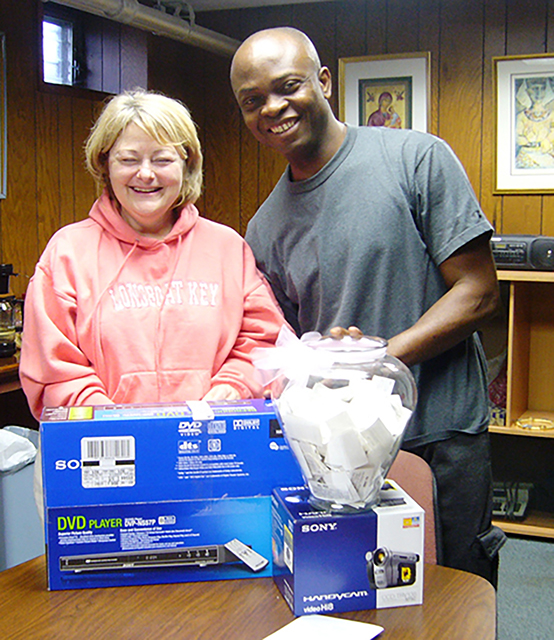
New members joined the board of directors.
7 of 44
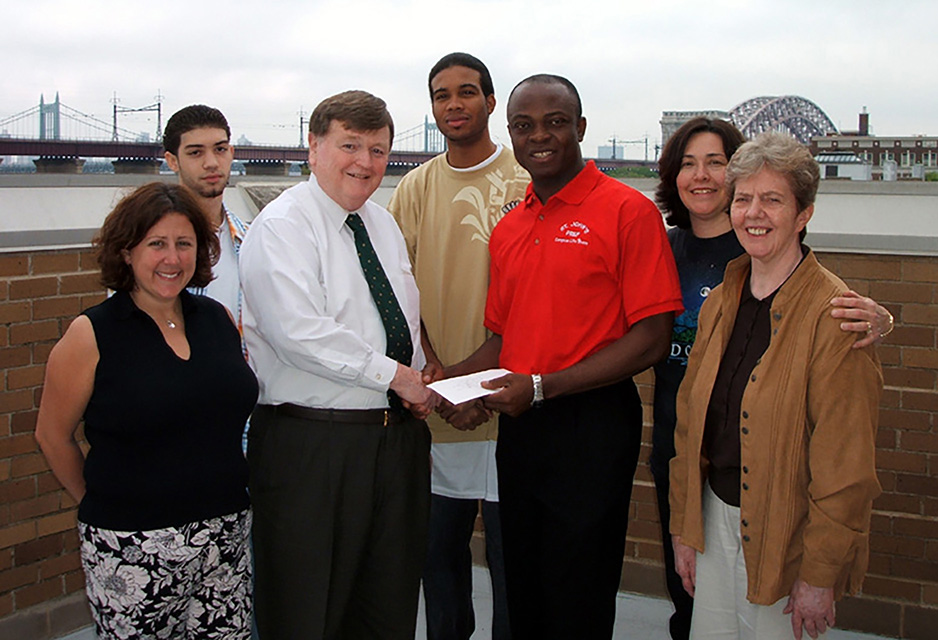
St. John's Preparatory School held an event to help.
8 of 44
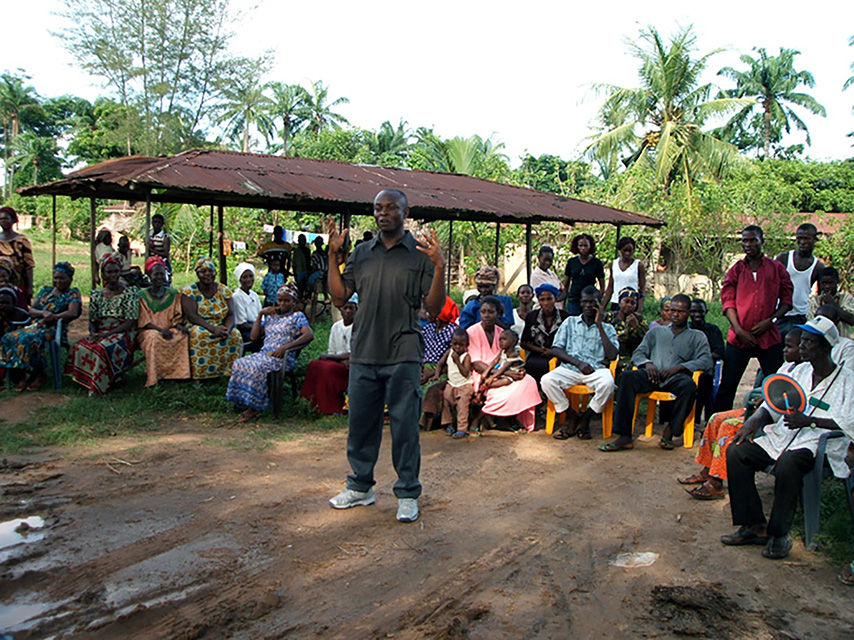
In 2008, Chris Okorie returned to Obinagu to tell the villagers about their new friends in Forest Hills, Queens, and their plans to drill for water.
9 of 44
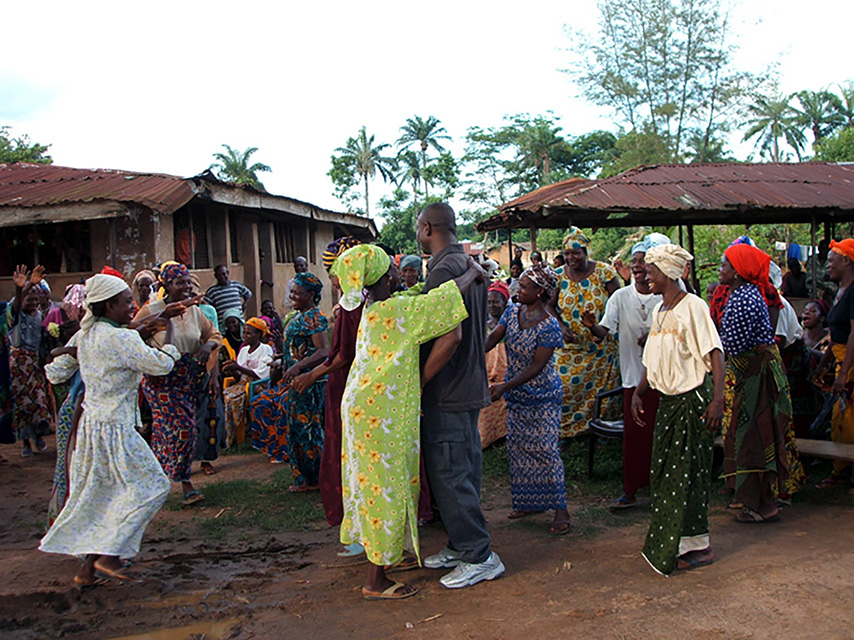
The villagers were incredulous at the concern from a 'village' in New York City.
10 of 44
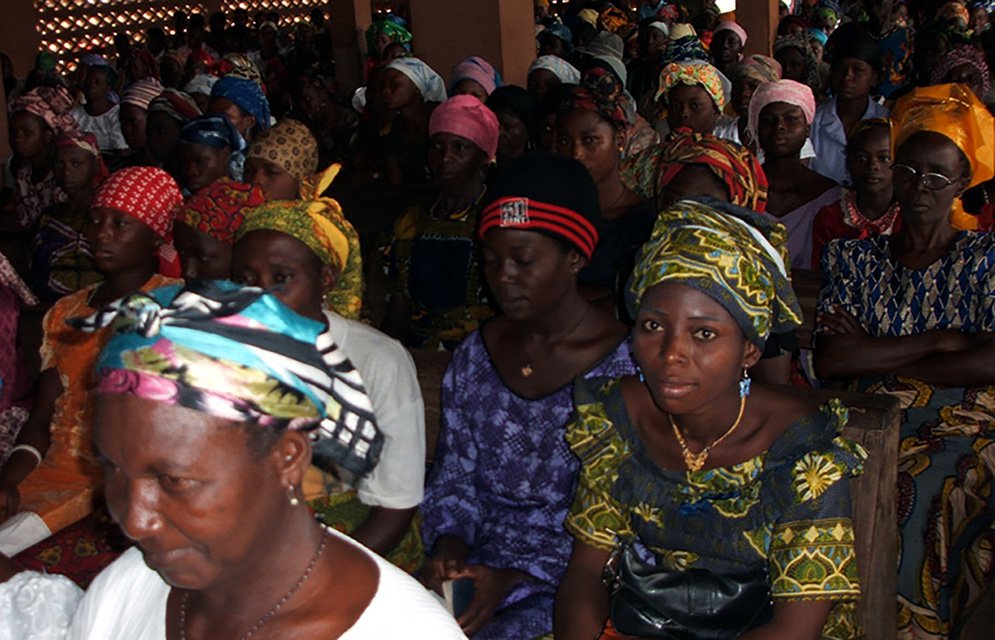
Unfortunately, after four years of drilling, the villagers were told the bad news: the well water under Obinagu was poisonous, filled with unacceptable levels of harmful elements.
11 of 44
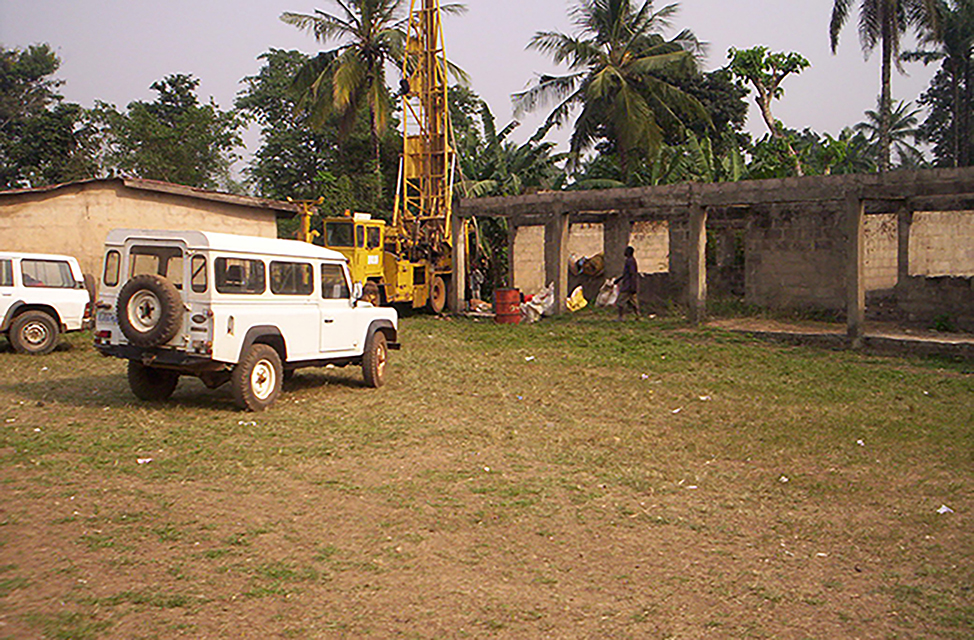
In 2015, WFLIA began their most ambitious project: the construction of a concrete water tank to harvest and purify rainwater. A year earlier, the final funding that would permit this project to move forward came from another Queens water project, Well of Hope. Anne Szydlowski and her group met with WFLIA representatives and agreed to award $4,000 to close the shortfall. Machinery, manpower and a renewed spirit arrived at Obinagu.
12 of 44
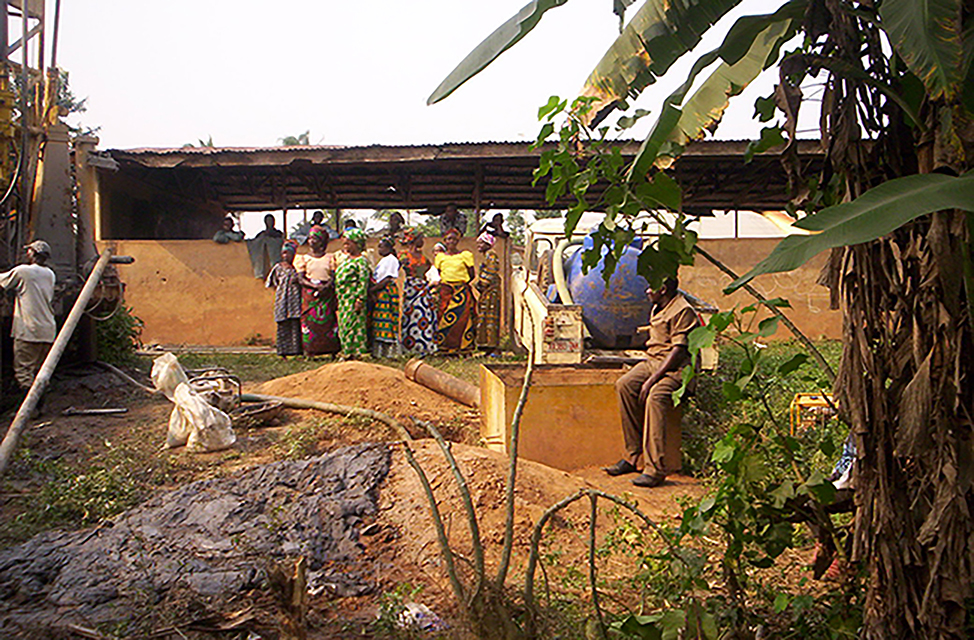
Every villager contributed to the effort.
13 of 44
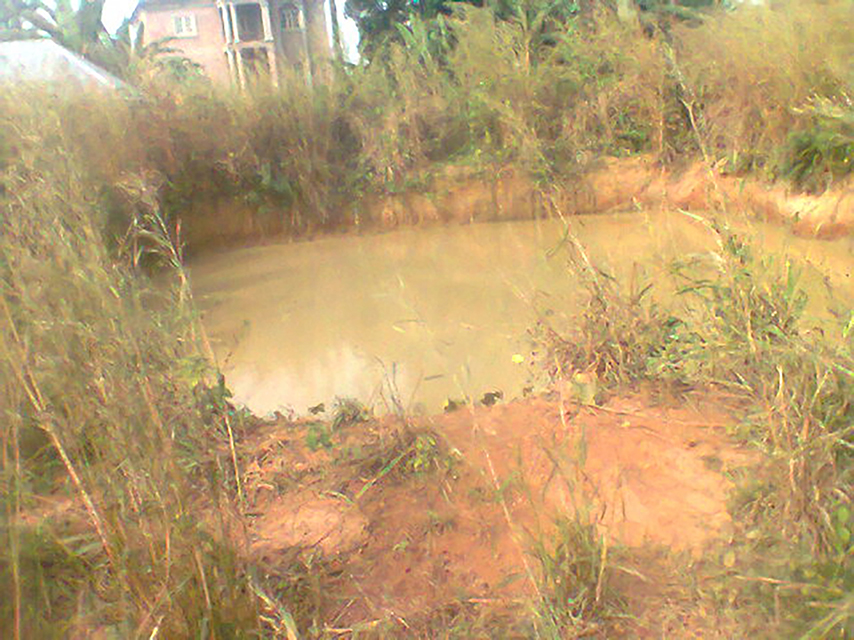
At first, it didn't look like much—just a big hole in the ground.
14 of 44
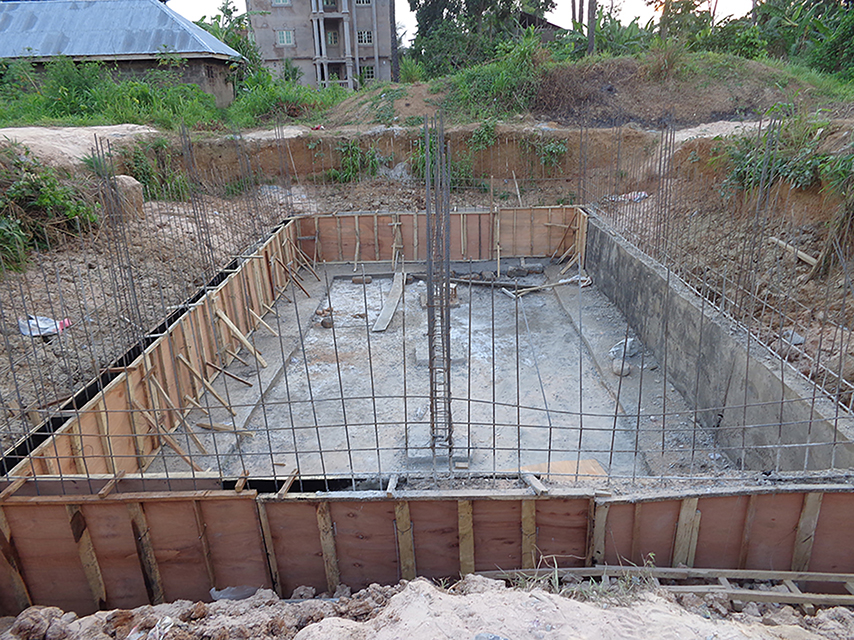
But the vision of the engineers in New York and Obinagu drove the project forward.
15 of 44
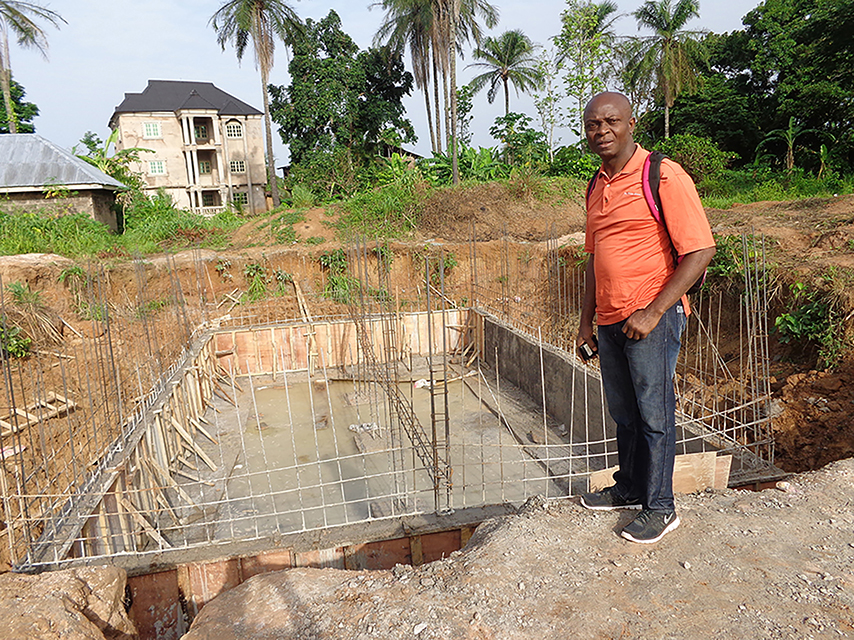
Chris Okorie supervised each stage of the unique project that would take three years to complete.
16 of 44
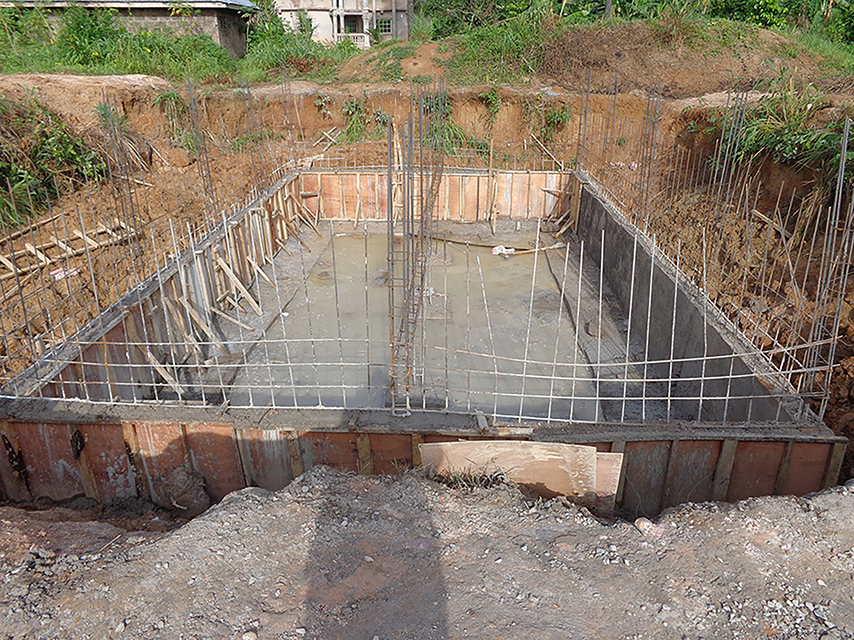
By the end of the dry season, foundation, and initial walls were in place.
17 of 44
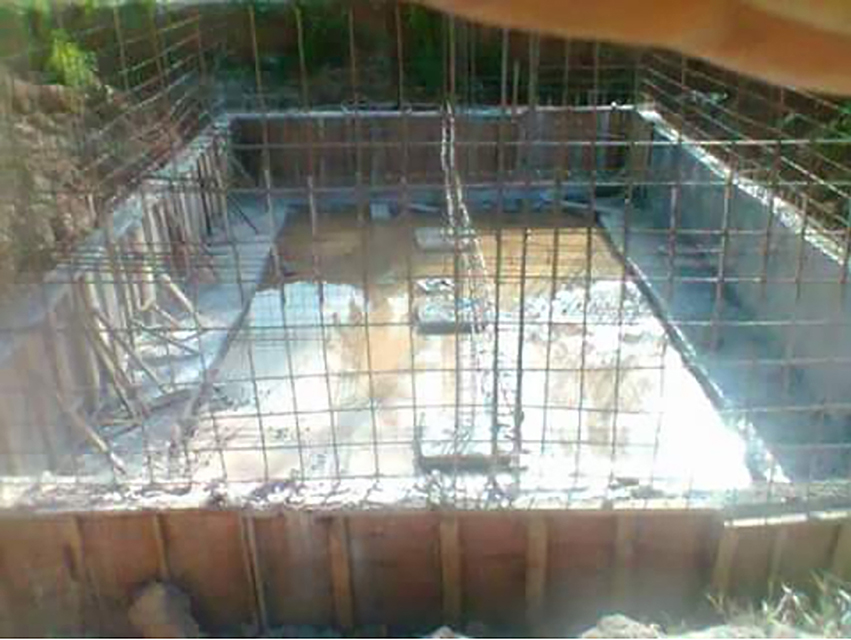
This photo taken by a low-resolution smartphone camera gives us an glimpse at the foundations that would support the massive concrete grid that was to follow.
18 of 44
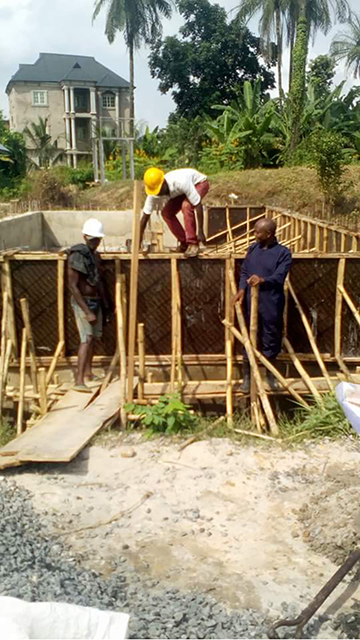
By November, 2016, the walls of the tank reached ground level, as the villagers doggedly persisted in their work.
19 of 44
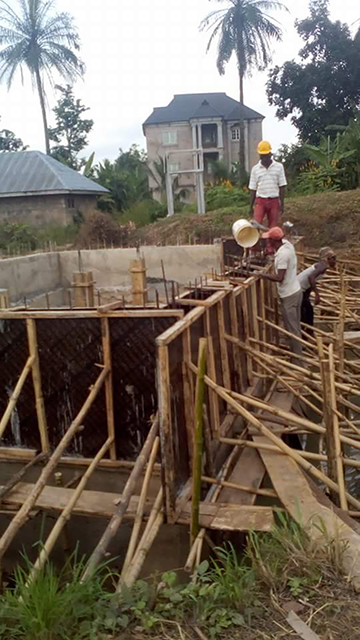
This novel project, funded by parishioners in Forest Hills, Queens, began to look like something useful.
20 of 44
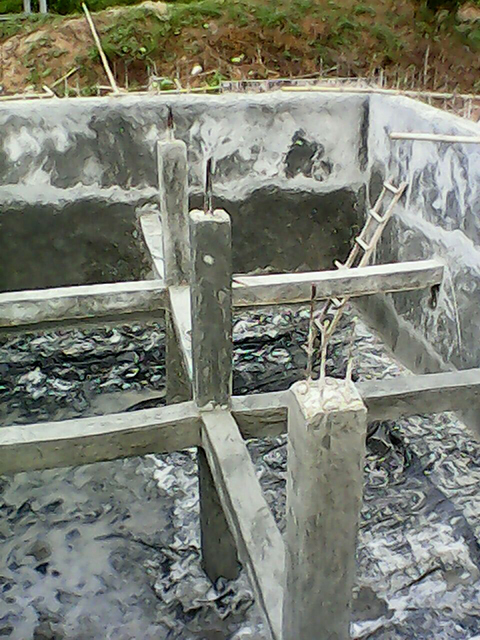
This photo gives us a view of the specially treated walls inside the tank before work began on the cover.
21 of 44
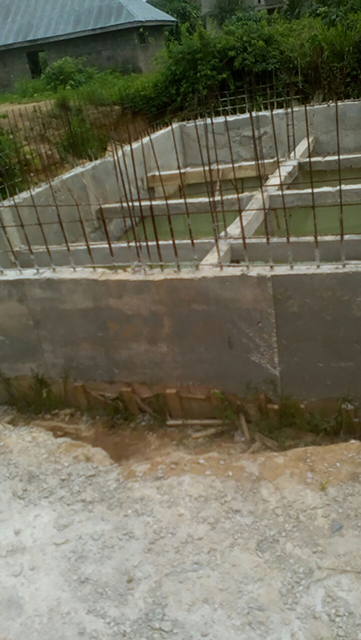
The internal grid of supports strengthen the structure.
22 of 44
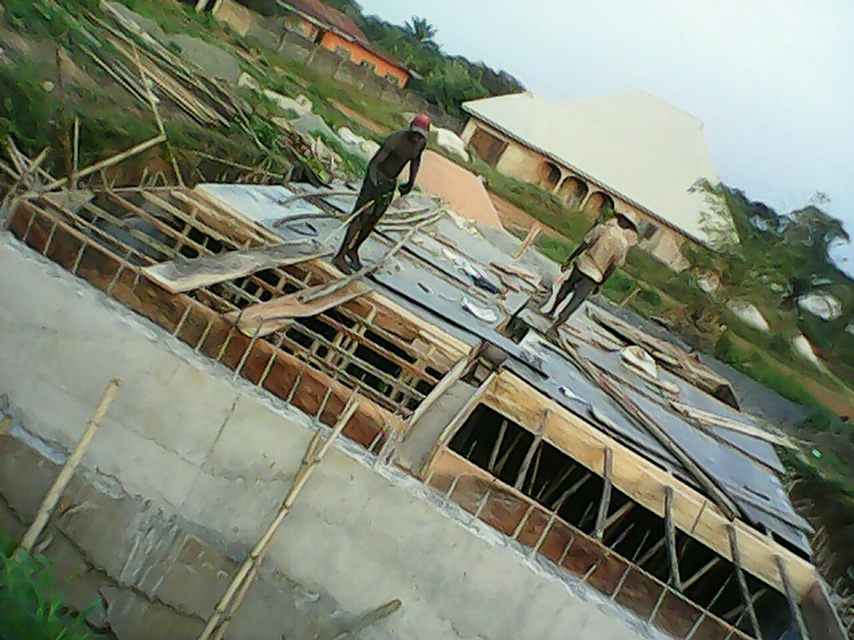
By January, 2017, work was begun on the cover. These oddly angled photos give us a view of the careful planning that went into each step. No injuries were reported on this project.
23 of 44
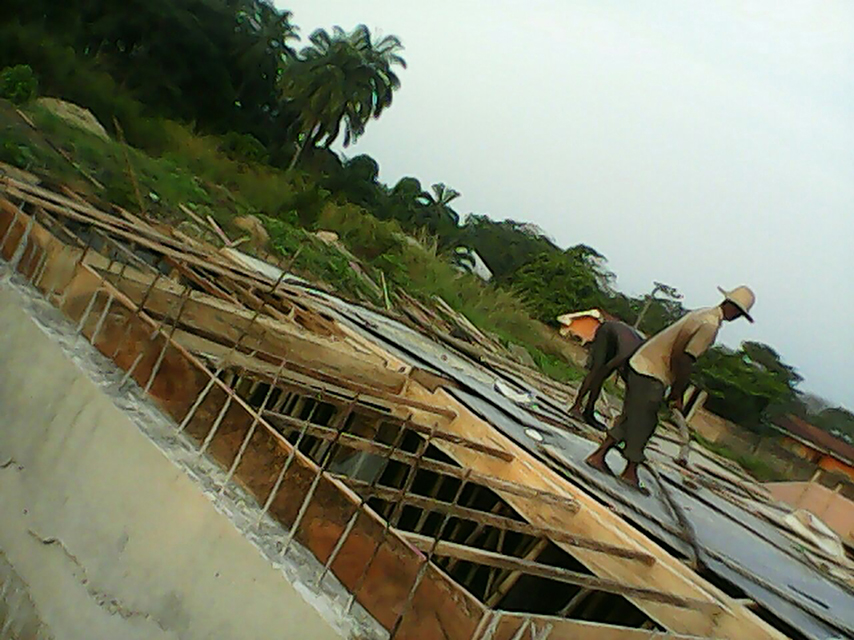
Indigenous materials were used wherever possible to reduce costs. Bamboo poles are not often found on New York construction sites!
24 of 44
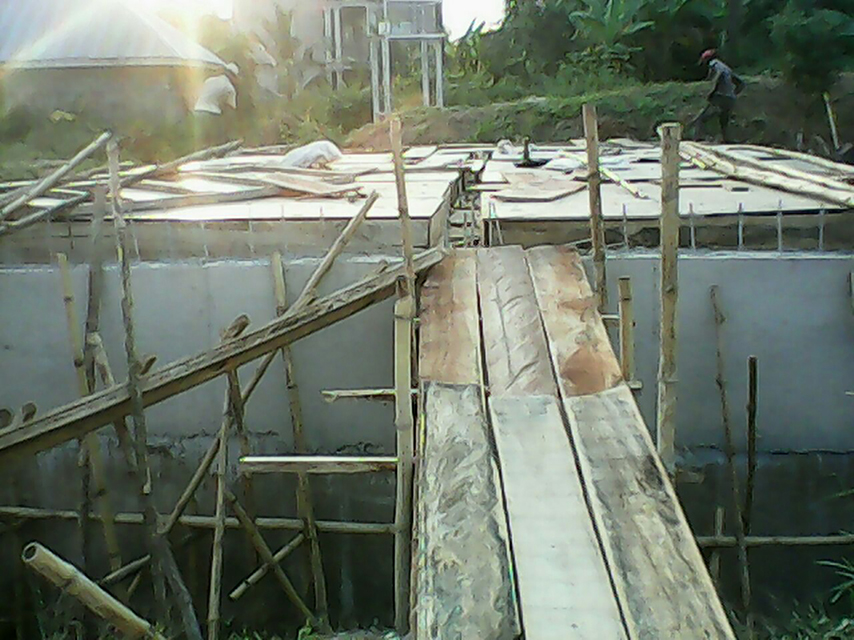
Work continued late into each day to maximize progress during the dry season.
25 of 44
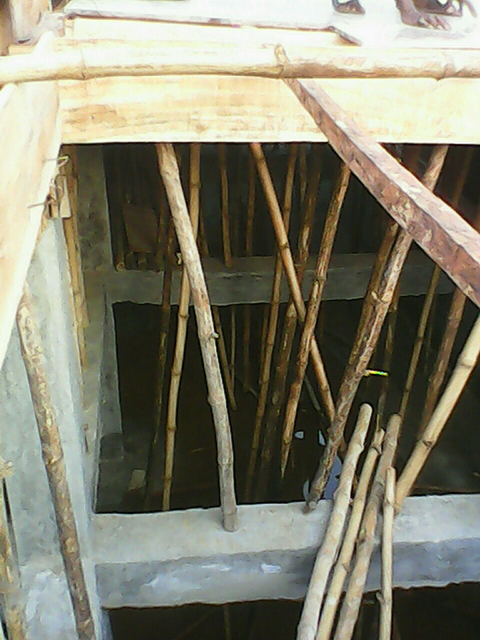
Concrete, bamboo, steel and wood. Care was taken to build a structure that would last for many, many years.
26 of 44
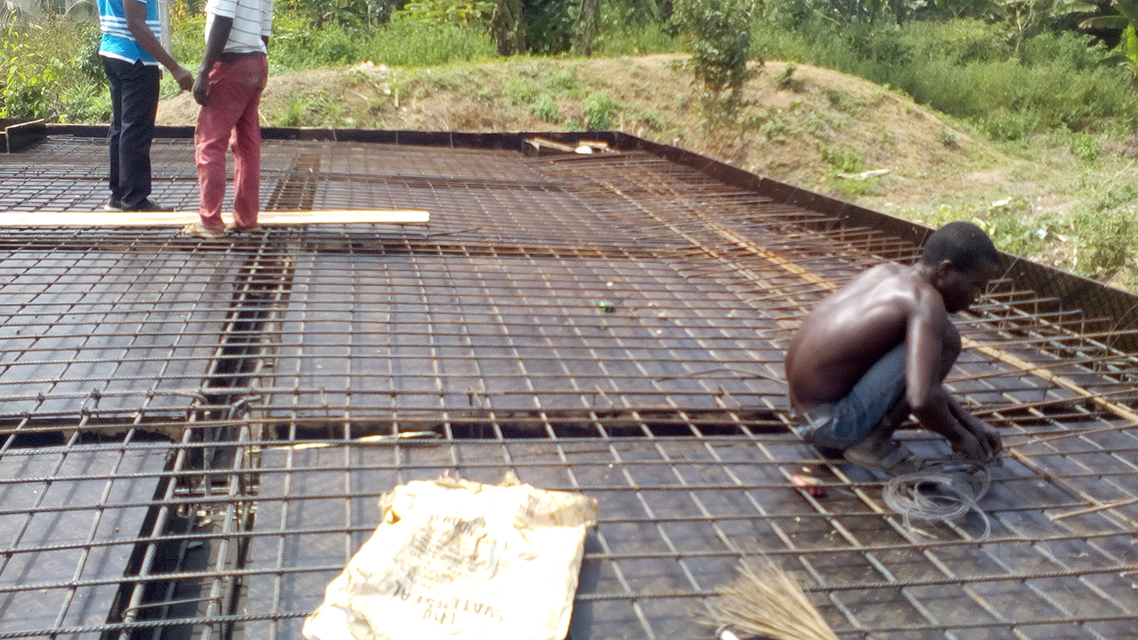
Finally, work began on constructing the massive reinforced concrete cover.
27 of 44
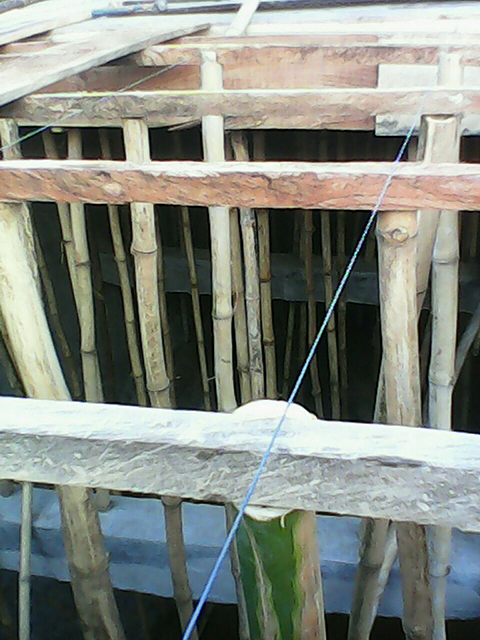
Here we see the smooth protective coating applied to the interior supports.
28 of 44
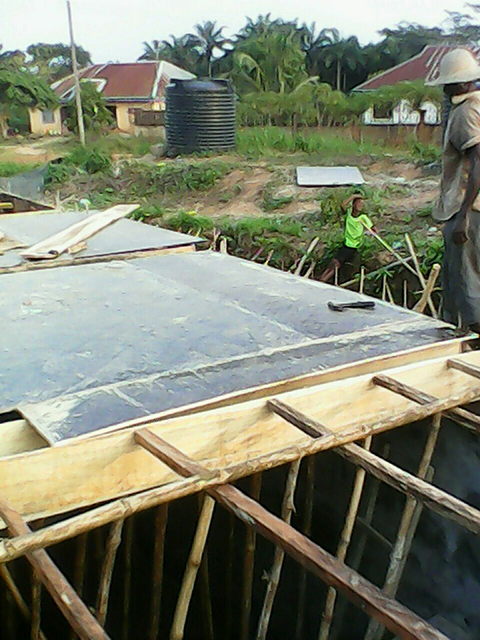
Careful attention paid at each step of the project.
29 of 44
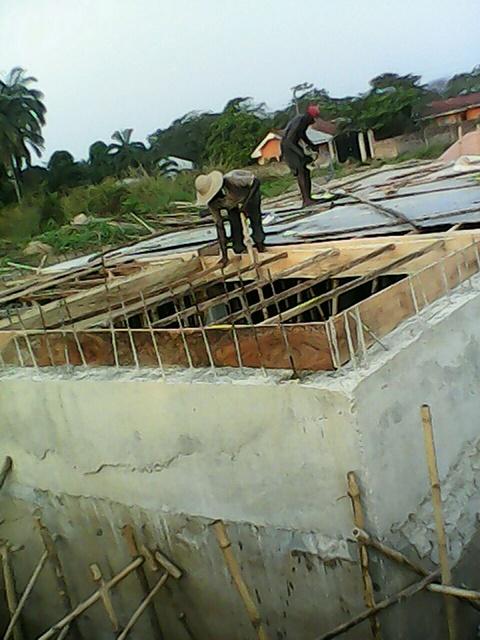
This was more than a water project. This was a monument to the love and concern shown by their sister village in Forest Hills.
30 of 44
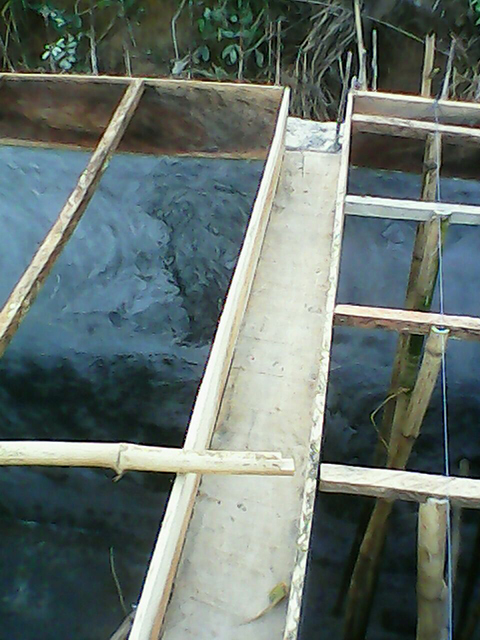
Guided by the detailed plans created by Harry Kohlmann and Joseph Lieber in New York and later adjusted by engineers from a Nigerian university, the people of Obinagu carefully constructed the water tank that would save lives during the peak dry season each year.
31 of 44
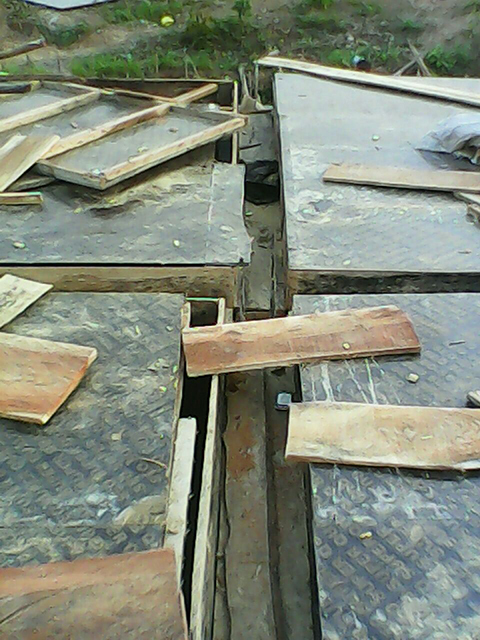
Custom tooled steel and improvised materials converged to serve a common purpose.
32 of 44
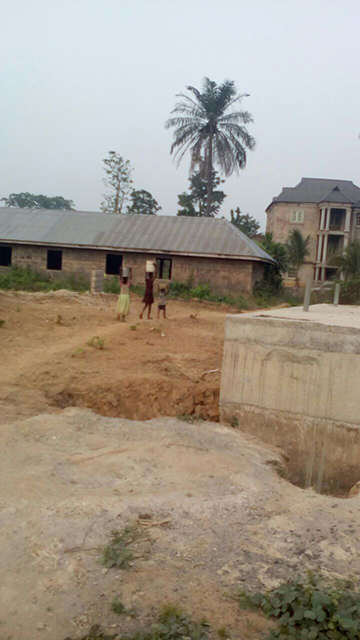
The following photos show the water tank in its current state, before the water tower and generator are attached.
33 of 44
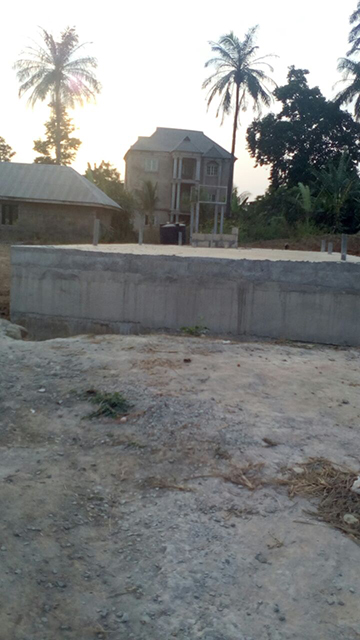
This pilot project will not provide for all of Obinagu's needs.
34 of 44
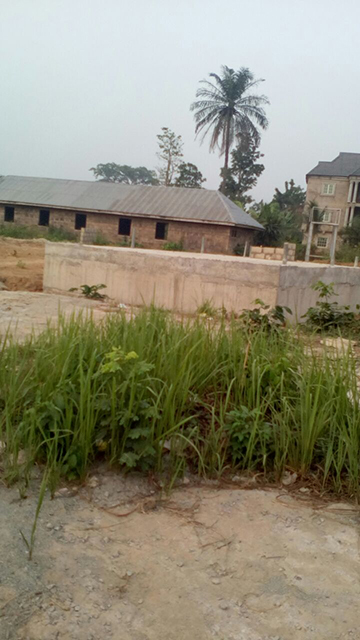
However, it is a valuable proof of concept that will aid in the construction of similar projects in Africa.
35 of 44
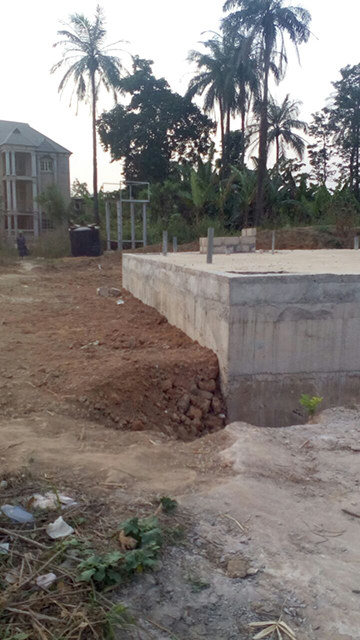
This water tank will help spare many children the crippling diseases of the digestive tract that claim lives each year.
36 of 44
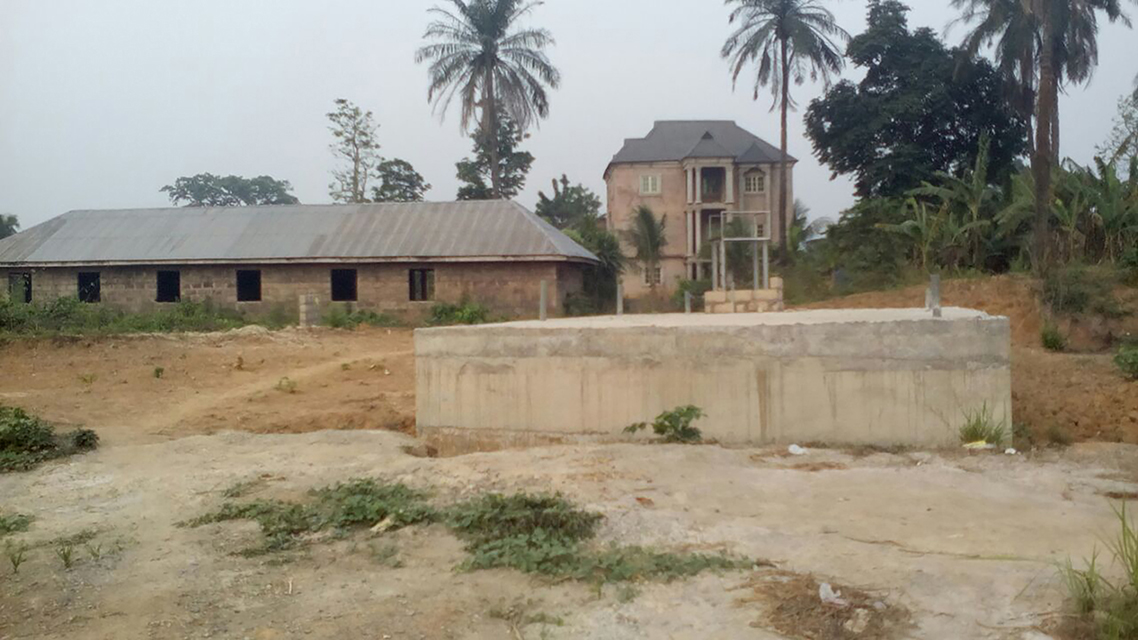
The final funding was sent in late April. Chris Okorie can now share concrete proof of Jesus' love with his home villagers.
37 of 44
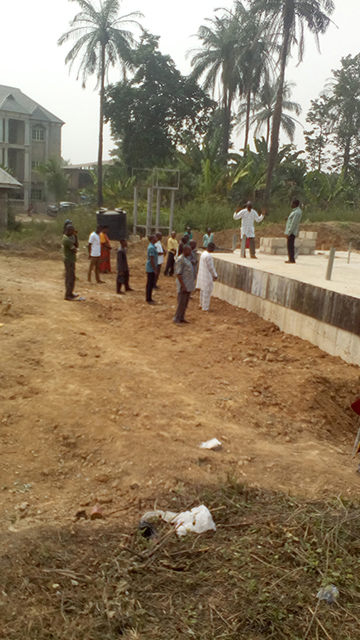
A photo from the celebration and handover of the water tank to the control of the village elders.
38 of 44
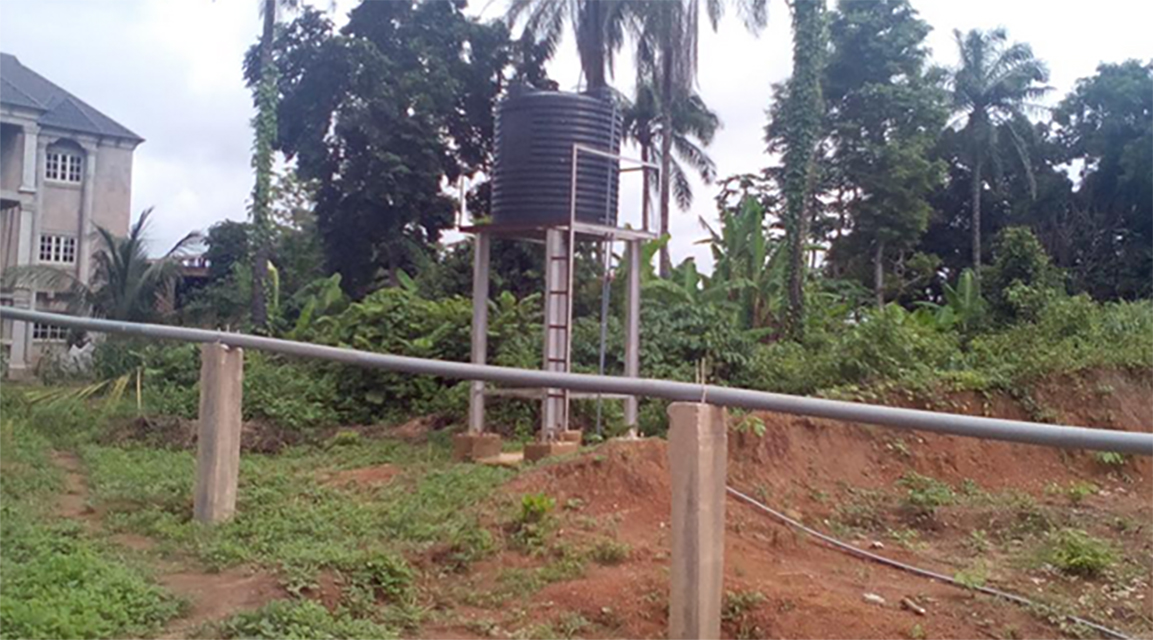
A long pipe was installed to carry rain water from the large roof of a nearby building.
39 of 44
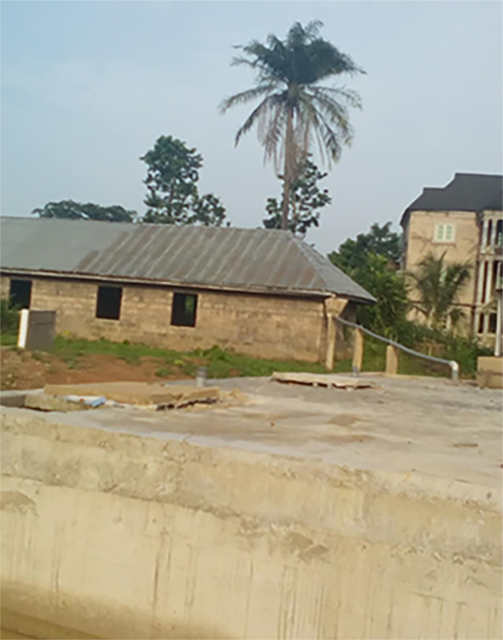
As of September, Obinagu reports that the tank is nearly full!.
40 of 44
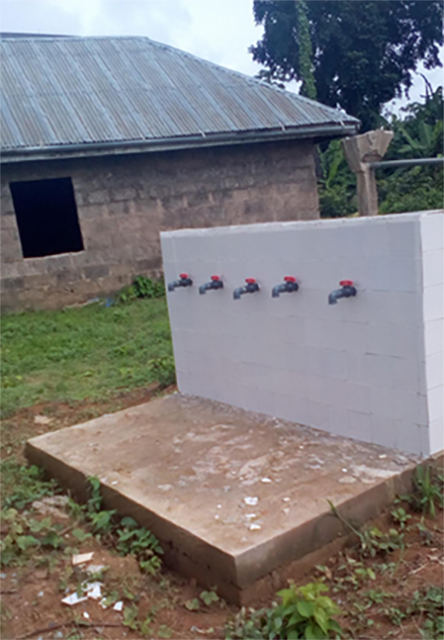
A line of faucets stand ready to serve the villagers during the dry season. A dream come true!
41 of 44
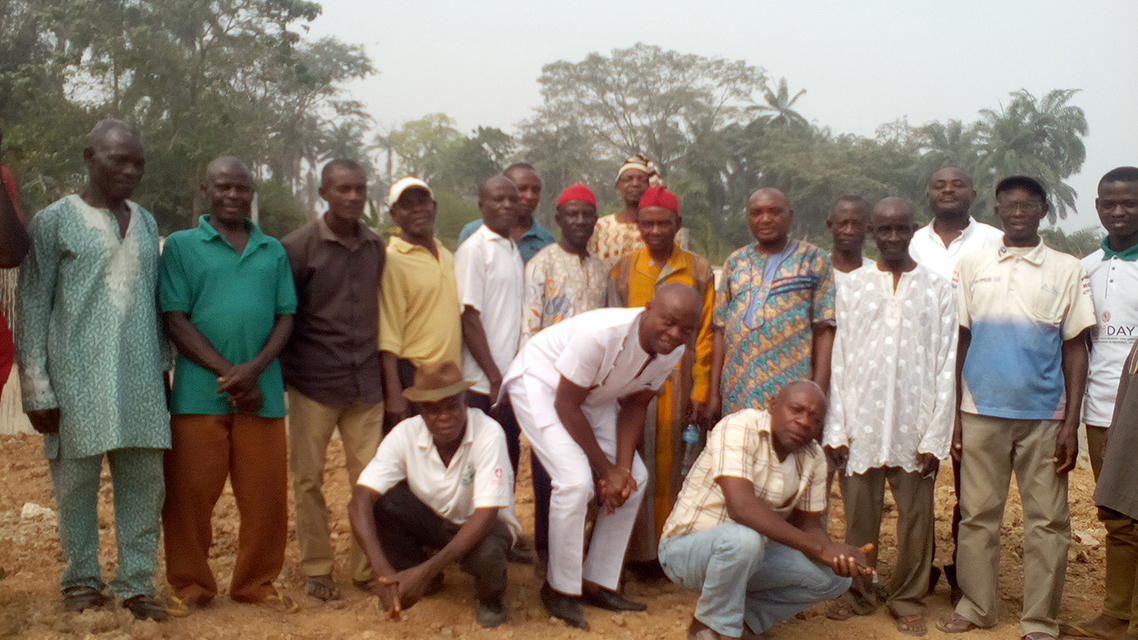
Chris Okorie posing with the village elders and leaders, April 2, 2017.
41 of 44
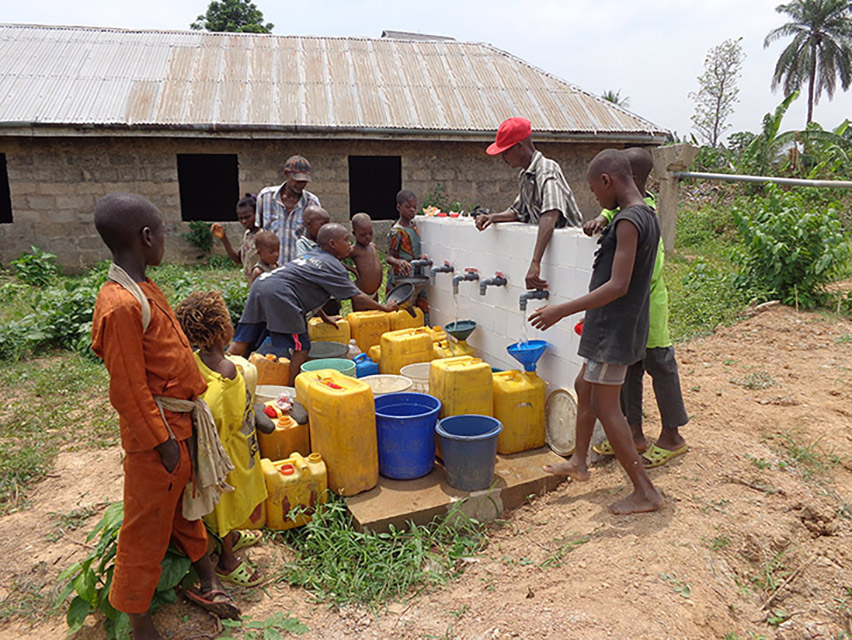
Dry season of 2018: the children finally get fresh water from the tank!!!.
41 of 44
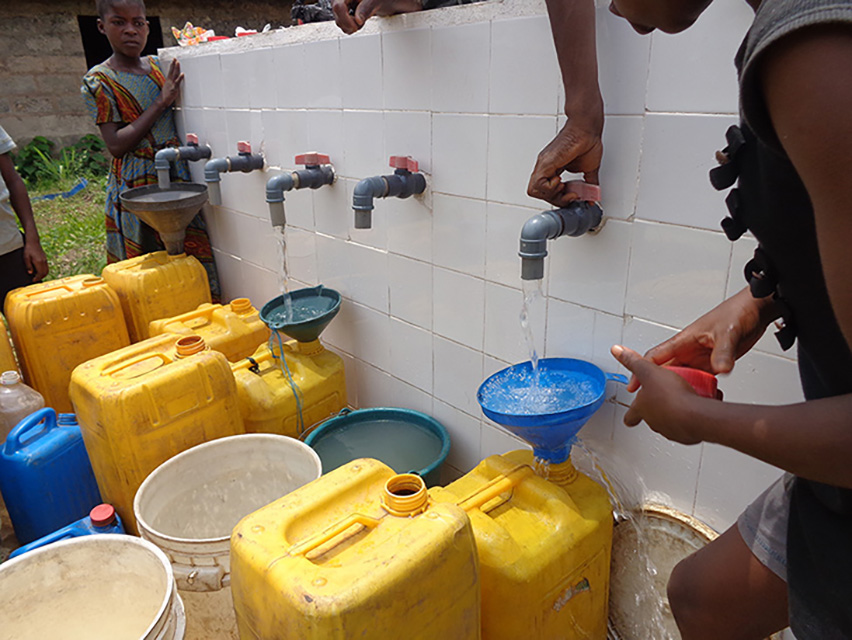
Water containers are lined up for daily refills with fresh water!!!.
41 of 44
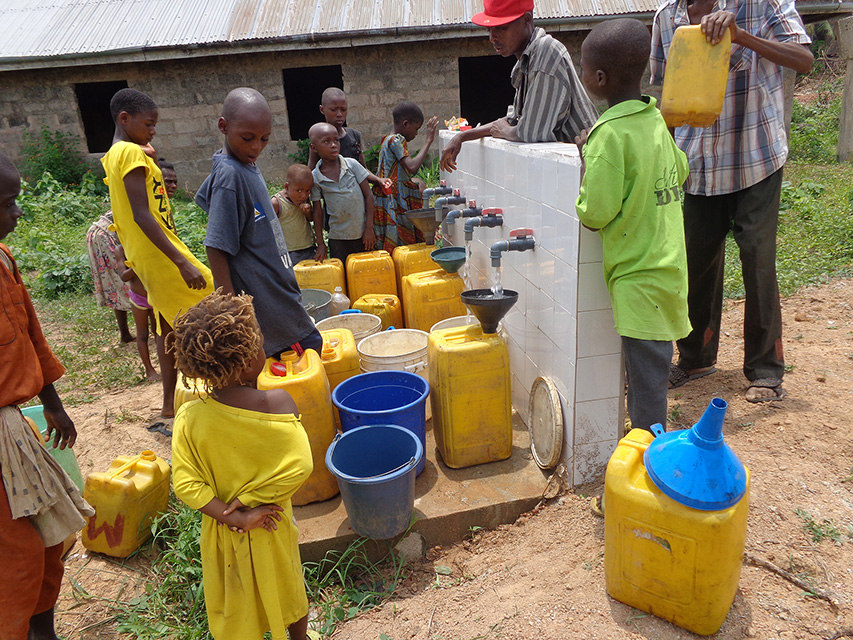
No five-mile morning hikes, no water-borne diseases! Mission truly accomplished! Thank you, Forest Hills, New York!.
|
|
